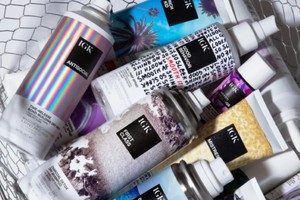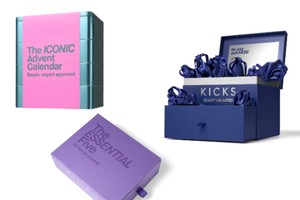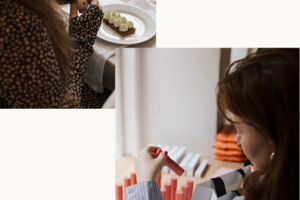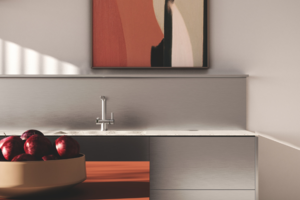Collaborative Fashion & Jewelry Pop-Up at DJUPET
Written by various by Elva AhlbinA fresh convergence of style, identity, and craftsmanship arrives in Stockholm: from 25-28 September, a collaborative pop-up opens at DJUPET, showcasing bold voices in second hand fashion, handcrafted jewelry, and non-binary design—all under one roof. Whether you’re looking for curated re-made pieces, gender-free tailoring, or statement silver, there’s something for every aesthetic explorer.
Where & When
You’ll find the pop-up at the corner of Björngårdsgatan 1 & Sankt Paulsgatan in Stockholm.
Thursday: 11:00–20:00
Friday: 11:00–19:00
Saturday: 11:00–18:00
Sunday: 12:00–17:00
What to Expect & Who’s Behind It
Here’s a look at the makers and brands who will be present:
STHLM MISC
Launched in 2021, STHLM MISC is a Stockholm-based non-binary brand with strong ties to feminist and queer politics. Their mission: to break up with gender norms through fashion.
They design clothes meant to straddle the feminine/masculine divide, welcoming all body shapes and identities. Many of their pieces are made from deadstock fabrics (unused surplus material), giving a more sustainable dimension.
Shapeshifter
Founded in Stockholm in 2024 by Astrid Philipson, Shapeshifter is a platform dedicated to giving wearables and artifacts new life through second-hand curation.
Their aesthetic draws on mythology and elemental inspirations (earth, water, air, fire), seeking to resist fixed forms and normativity. You’ll find clothing, accessories, shoes, bags, hats, jewellery—all hand-picked from European suppliers.
Johanna Edwardh
Johanna Edwardh works with handcrafted jewelry carved from silver, specializing in bold designs and statement pieces. Her work includes rings, earrings, etc., made with high attention to texture and form. Her shop also offers custom orders.
Maja Godek
The space will also include works by Maja Godek. While less detail is available, expect visual or material art pieces—possibly sculptural or display work—that complement the fashion and jewelry on display.
Why This Matters
This pop-up is more than shopping. It’s a statement: craftsmanship, sustainability, and inclusive design. It’s about fashion that flexes identity and resists easy categorization. For those curious about non-binary aesthetics, second-hand reinvention, or jewelry with a strong sense of presence, this is a rare opportunity to see several creators together in one curated space.
Photo credits: Jacob Yas, Jacob Möller, Astrid Philipsson
















